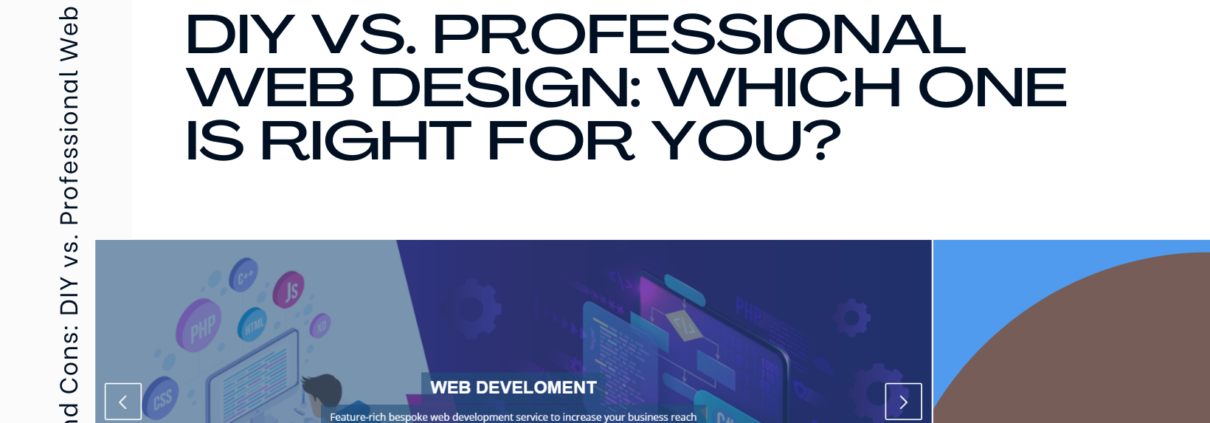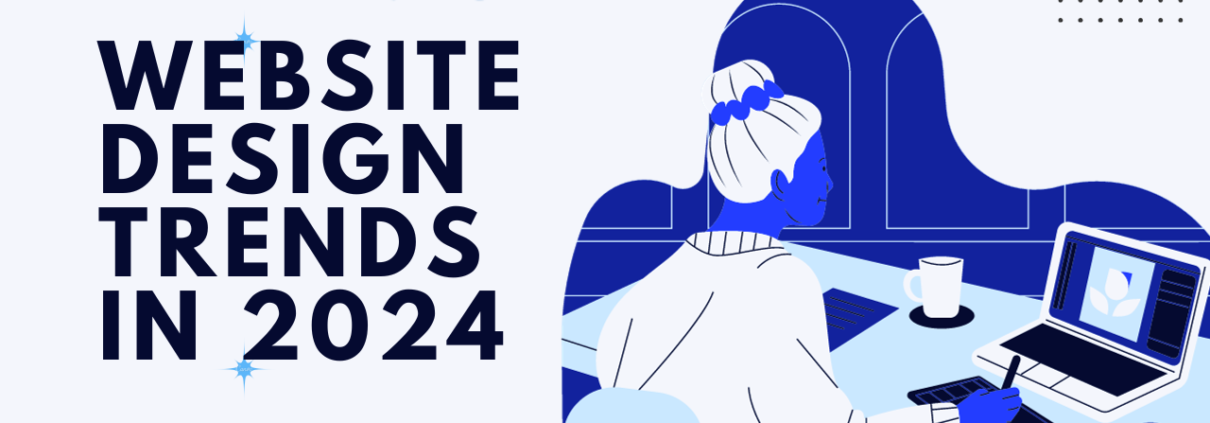Exploring the Best Approach for Your Business: DIY vs. Professional Web Design
In the ever-evolving landscape of digital presence, one critical decision every business owner faces is how to approach web design. The choice between DIY (Do It Yourself) and professional web design can significantly impact your business’s online success. In this comprehensive guide, we delve deep into the nuances of each approach, helping you make an informed decision that aligns with your business goals and aspirations.
The DIY Approach to Web Design
Pros of DIY Web Design:
1. Cost-Effectiveness:
DIY web design often appears attractive due to its perceived cost-effectiveness. With numerous online platforms and templates available, businesses can create a website without substantial financial investment.
2. Creative Control:
For entrepreneurs with a keen eye for design, DIY web design offers unparalleled creative control. You have the freedom to customize every aspect of your website according to your vision and brand identity.
3. Flexibility and Timeliness:
Building your website allows for flexibility in timelines. You can work at your own pace and make changes on the fly, without relying on external agencies or professionals.
Cons of DIY Web Design:
1. Lack of Expertise:
While DIY platforms promise user-friendliness, they often require a steep learning curve. Without expertise in web design principles and coding languages, achieving a professional-looking website can be challenging.
2. Time-Consuming:
Despite the flexibility, DIY web design can be time-consuming. Learning the intricacies of the platform, troubleshooting technical issues, and refining the design can eat into valuable business time.
3. Limited Functionality:
Most DIY platforms offer limited functionality compared to custom-designed websites. Complex features and integrations may be out of reach, limiting your website’s potential for growth and scalability.
Professional Web Design Services
Pros of Professional Web Design:
1. Expertise and Experience:
Professional web designers bring expertise and experience to the table. They understand the latest design trends, user behaviors, and technical requirements, ensuring your website is optimized for success.
2. Customization and Tailored Solutions:
With professional web design services, you receive customization and tailored solutions tailored to your business needs. Designers collaborate with you to create a website that reflects your brand identity and resonates with your target audience.
3. Comprehensive Support and Maintenance:
Professional web design agencies provide comprehensive support and ongoing maintenance for your website. From initial development to post-launch updates, you have peace of mind knowing that your online presence is in capable hands.
Cons of Professional Web Design:
1. Higher Costs:
Professional web design services often come with a higher upfront cost compared to DIY options. However, the investment yields long-term benefits in terms of quality, functionality, and performance.
2. Dependence on External Resources:
Working with a professional web design agency entails dependence on external resources. Delays or miscommunications can occur, impacting project timelines and deliverables.
3. Limited Direct Control:
While professional web designers value client input, the level of direct control may be limited compared to DIY approaches. Balancing client preferences with design expertise is crucial for achieving optimal results.
Making the Right Choice for Your Business
Considerations for Decision-Making:
1. Business Goals and Objectives:
Evaluate your business goals and objectives to determine the level of online presence required. Consider factors such as branding, lead generation, e-commerce functionality, and scalability.
2. Budgetary Constraints:
Assess your budgetary constraints and weigh the upfront costs against long-term benefits. Consider the value proposition offered by professional web design services in terms of quality, functionality, and return on investment.
3. Time and Resource Availability:
Take into account your availability of time and resources for website development. DIY approaches require a significant time commitment, while professional services offer convenience and expertise.
Conclusion
In conclusion, the choice between DIY and professional web design depends on various factors unique to each business. While DIY options offer flexibility and cost-effectiveness, professional services provide expertise, customization, and comprehensive support. By carefully evaluating your business needs, goals, and resources, you can make an informed decision that lays the foundation for online success.









